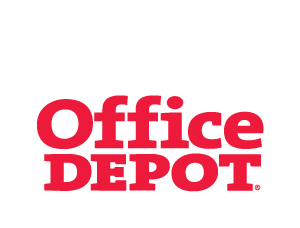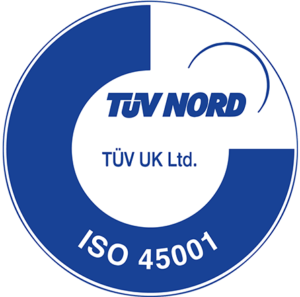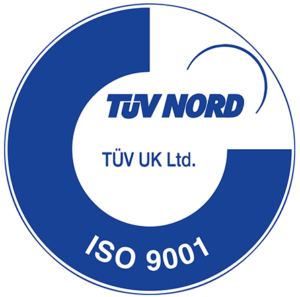In this blog, we’ll delve into the significance of sustainable printing for corporate brands and provide eight top tips to consider when printing materials for your company.
Why Sustainable Printing Matters for Corporate Brands
The environmental impact of traditional printing methods cannot be overstated. From paper waste to harmful chemicals used in ink production, conventional printing practices contribute significantly to carbon emissions and deforestation. As consumers become more environmentally aware, they expect the brands they engage with to demonstrate a commitment to sustainability.
Embracing sustainable printing practices allows businesses to:
Reduce Carbon Footprint: By opting for eco-friendly materials and processes, companies can minimise their carbon emissions and contribute to mitigating climate change.
Preserve Natural Resources: Sustainable printing encourages the use of recycled paper and responsibly sourced materials, helping conserve forests and biodiversity.
Enhance Brand Reputation: Demonstrating a commitment to sustainability can bolster a company’s reputation, attract environmentally conscious consumers, and foster brand loyalty.
Now, let’s explore eight essential tips for incorporating sustainability into your corporate printing practices:
Top Tips for Sustainable Printing
Choose Recycled Paper: Opt for paper made from recycled materials to reduce the demand for virgin pulp and minimise deforestation. Look for certifications such as FSC (Forest Stewardship Council) or PEFC (Programme for the Endorsement of Forest Certification) to ensure responsible sourcing.
Utilise Eco-Friendly Inks: Traditional inks often contain volatile organic compounds (VOCs) and other harmful chemicals. Switching to soy-based or vegetable-based inks can significantly reduce environmental impact and improve air quality.
Minimise Waste: Implement printing practices that minimise waste, such as double-sided printing and efficient layout designs to maximise paper usage. Additionally, encourage employees to print only when necessary and to recycle paper and ink cartridges responsibly.
Invest in Energy-Efficient Equipment: Upgrade to energy-efficient printers and multifunction devices that consume less power and produce fewer emissions during operation. Look for Energy Star certification when purchasing new equipment.
Embrace Print-on-Demand: Adopt a print-on-demand approach to printing marketing materials and corporate documents. This reduces the need for large print runs, minimising excess inventory and waste.
Partner with Sustainable Printers: Choose printing partners that prioritise sustainability in their operations. Enquire about their environmental policies, certifications, and initiatives to ensure alignment with your corporate values.
By implementing these tips, brands can not only reduce their environmental impact but also strengthen their brand identity as socially and environmentally responsible businesses.
In conclusion, sustainable printing is not just a trend; it’s a necessity for businesses looking to thrive in a rapidly changing world. By integrating sustainability into their printing practices, brands can demonstrate their commitment to environmental stewardship while reaping the benefits of a positive brand image and customer loyalty.
Office Depot work together with our customers to provide sustainable print options utilising the latest technology and print stock.






